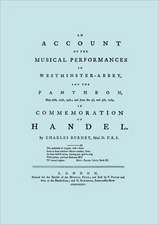Composition, Performance, Reception: Studies in the Creative Process in Music
Editat de Wyndham Thomasen Limba Engleză Paperback – 16 noi 2016
| Toate formatele și edițiile | Preț | Express |
|---|---|---|
| Paperback (1) | 485.69 lei 6-8 săpt. | |
| Taylor & Francis – 16 noi 2016 | 485.69 lei 6-8 săpt. | |
| Hardback (1) | 994.52 lei 6-8 săpt. | |
| Taylor & Francis – 29 oct 1998 | 994.52 lei 6-8 săpt. |
Preț: 485.69 lei
Nou
Puncte Express: 729
Preț estimativ în valută:
92.99€ • 95.39$ • 78.29£
92.99€ • 95.39$ • 78.29£
Carte tipărită la comandă
Livrare economică 26 februarie-12 martie
Preluare comenzi: 021 569.72.76
Specificații
ISBN-13: 9781138269057
ISBN-10: 1138269050
Pagini: 194
Dimensiuni: 156 x 234 x 14 mm
Greutate: 0.45 kg
Ediția:1
Editura: Taylor & Francis
Colecția Routledge
Locul publicării:Oxford, United Kingdom
ISBN-10: 1138269050
Pagini: 194
Dimensiuni: 156 x 234 x 14 mm
Greutate: 0.45 kg
Ediția:1
Editura: Taylor & Francis
Colecția Routledge
Locul publicării:Oxford, United Kingdom
Cuprins
Contents: Preface Jonathan Harvey; Introduction Wyndham Thomas; The Process of Composition from Detection to Confection Robert Saxton; The Composer and Opera Performance Raymond Warren; Composing, Arranging and Editing: A Historical Survey Wyndham Thomas; A Performer’s Responsibility Susan Bradshaw; Freedom of Interpretation in Twentieth-Century Music Charles Rosen; The Body in Performance Eric Clarke and Jane Davidson; Expectation and Interpretation in the Reception of New Music: A Case Study Adrian Beaumont; The Domestic Gesamtkunstwerk, or Record Sleeves and Reception Nicholas Cook; Form and Forming: From Victorian Aesthetics to the Mid-twentieth-Century Avant-Garde Bojan Bujic; Stravinsky and the Vicious Circle: Some Remarks about the Composer and the Press Stephen Walsh; Mobilising our Man: Politics and Music in Poland during the Decade after World War II Adrian Thomas; Notes; Lists of Examples and Illustrations; Contributor’s Details; Index.
Recenzii
’this book is definitely recommended...the catholic range of this volume will present much material. And if you are curious about what composers and performers say they do, then buy this book.’ Musical Times
Descriere
Composers, performers, listeners, critics and theorists all play vital roles in the creation of music culture; yet often each group can appear to hold widely divergent views of a musical work’s aims and effects. As the title indicates, this book examines the parts played by these groups and the interaction between them. These absorbing essays offer new insights into our understanding of music making in all its senses, and suggest future ways of approaching works whether as a composer, performers or listener.
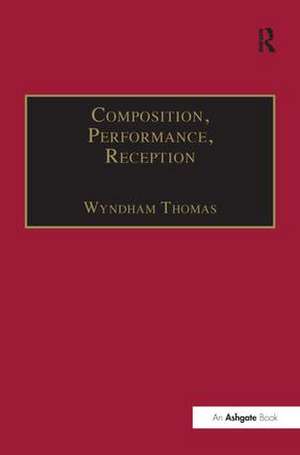

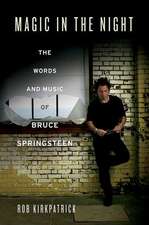



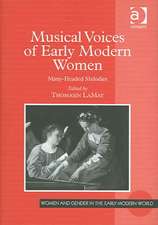




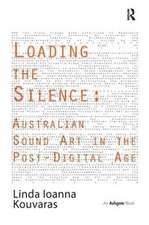



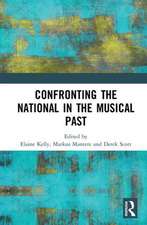



![Memoirs of the Life of the Late George Frederic Handel. [Facsimile of the 1760 Edition.]](https://i3.books-express.ro/bt/9781904331285/memoirs-of-the-life-of-the-late-george-frederic-handel-facsimile-of-the-1760-edition.jpg)
![A Treatise of Musick. Speculative, Practical and Historical. [Facsimile of First Edition, 1721. 652 Pages - Not Abridged. Music.]: An Exploration of Disabilityand Ability in Dreams](https://i1.books-express.ro/bt/9781904331568/a-treatise-of-musick-speculative-practical-and-historical-facsimile-of-first-edition-1721-652-pages-not-abridged-music.jpg)
